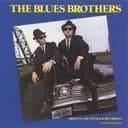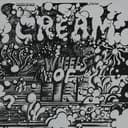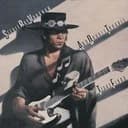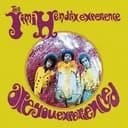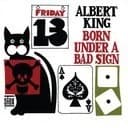In the key of D, the blues scale's unique tonal character emerges from the interplay between its root (D), minor third (F), and the pivotal blue note (G♯/A♭). This flattened fifth creates a tritone relationship with the root—one of music's most dissonant intervals—yet blues musicians have transformed this "devil's interval" into a source of profound emotional expression. The D blues scale (D-F-G-G♯-A-C) deliberately blurs the line between major and minor tonality, incorporating the minor third (F) while allowing the blue note to function as a chromatic passing tone between the perfect fourth (G) and perfect fifth (A). Guitar players particularly favor the D blues scale because it sits comfortably in open position and allows for expressive string bending techniques on the higher frets. The pitch bending tradition—sliding into or away from the G♯—recreates the vocal inflections and microtonal nuances of African-American musical heritage, where notes exist in the spaces between the piano's fixed pitches. This ambiguity of intonation gives blues music its distinctive "talking" quality, where instruments approximate human speech patterns and emotional articulation.
Practical Applications in D
The D Blues Scale thrives in practical musical contexts, particularly over standard blues progressions in D (D7-G7-D7-A7-G7-D7) where it provides a unified melodic vocabulary across all chord changes. Because D is a common key for blues and rock—offering comfortable vocal range and guitar-friendly fingerings—mastering this scale opens doors to countless classic songs and jam session opportunities. When improvising, target the root (D) and fifth (A) on strong beats to create melodically grounded phrases, then add the blue note (G♯) as a tension point that resolves naturally to either G or A. The scale works equally well over minor and dominant seventh chords, making it versatile for D minor, D7, and extended chord voicings. Combine the D blues scale with D Minor Pentatonic patterns to create melodic variety—use the straight pentatonic for stable, consonant passages and introduce the blue note for moments of heightened intensity. Advanced players often blend D blues with D Dorian or D Mixolydian modes to add harmonic color and navigate more complex chord progressions beyond traditional blues forms.
Scale Relationships and Theory
Understanding the D Blues Scale's relationship to other D-based scales deepens your theoretical knowledge and expands improvisational options. The scale differs from D Natural Minor (D-E-F-G-A-B♭-C) by omitting the second (E) and sixth (B♭) scale degrees while adding the chromatic G♯. This streamlined structure eliminates potential dissonance and creates a more flexible melodic framework that works across multiple chord changes without requiring careful note selection. Compared to D Minor Pentatonic (D-F-G-A-C), the blues scale adds only the ♭5 (G♯), transforming five notes into six and introducing the signature blues tension. This single chromatic note bridges the gap between minor pentatonic's safety and the harmonic complexity of full diatonic scales. The D blues scale also shares notes with D Phrygian and creates interesting connections to D Melodic Minor when explored in jazz contexts. Recognizing these relationships allows you to smoothly transition between different tonal colors and harmonic environments, creating sophisticated improvisations that draw from multiple scale sources while maintaining melodic coherence.
Historical Context and Influence
The blues scale in D carries particular historical significance in blues and rock music, as many seminal recordings and compositions were written in this key. The guitar-centric nature of blues and rock makes D a natural choice—open D tunings, accessible blues boxes on the fretboard, and the instrument's resonant qualities in this register have inspired countless musicians to explore D blues tonality. Legendary harmonica players also gravitate toward D blues, as the instrument's construction makes certain keys more idiomatic. From Robert Johnson's early Delta blues to contemporary artists, the D blues scale has provided the melodic foundation for expressing hardship, joy, longing, and resilience. Its influence extends beyond blues into rock (Led Zeppelin, The Rolling Stones), jazz-fusion (John Scofield, Robben Ford), and modern R&B where blue note inflections add soulful authenticity to vocal performances. Learning the D blues scale connects you to this deep musical tradition and provides practical tools for creating emotionally compelling solos, riffs, and melodic hooks. Whether you're playing acoustic Delta blues, electric Chicago blues, Texas shuffle, or contemporary blues-rock, the D blues scale remains an essential component of authentic blues expression and improvisation.
